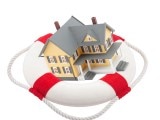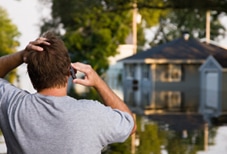Understanding the four essential protections provided by your homeowners policyHomeowners coverage provides financial protection against loss due to disasters, theft and accidents. Most standard policies include four essential types of coverage: Coverage for the structure of your home; Coverage for your personal belongings; Liability protection; Coverage for Additional Living Expenses Coverage for the structure of your homeYour homeowners policy pays to repair or rebuild your home if it is damaged or destroyed by fire, hurricane, hail, lightning or other disasters listed in your policy. Most policies also cover detached structures such as a garage, tool shed or gazebo—generally for about 10 percent of the amount of insurance you have on the structure of the house. A standard policy will not pay for damage caused by a flood, earthquake or routine wear and tear. When purchasing coverage for the structure of your home, remember this simple guideline: Purchase enough coverage to rebuild your home. Coverage for your personal belongingsYour furniture, clothes, sports equipment and other personal items are covered if they are stolen or destroyed by fire, hurricane or other insured disasters. The coverage is generally 50 to 70 percent of the insurance you have on the structure of the house. Liability protectionLiability covers you against lawsuits for bodily injury or property damage that you or family members cause to other people. It also pays for damage caused by your pets. So, if your son, daughter (or even your dog) accidentally ruins a neighbor’s expensive rug, you are covered. (However, if they destroy your rug, you’re out of luck.) The liability portion of your policy pays for both the cost of defending you in court and any court awards—up to the limit stated in your policy documents. Liability limits generally start at about $100,000, however, it’s a good idea to discuss whether you should purchase a higher level of protection with your insurance professional. If you have significant assets and want more coverage than is available under your homeowners policy, consider purchasing an umbrella policy, which provides broader coverage and higher liability limits. Your policy also provides no-fault medical coverage, so if a friend or neighbor is injured in your home, he or she can simply submit medical bills to your insurance company. This way, expenses can be paid without a liability claim being filed against you. It does not, however, pay the medical bills for your own family or your pet. Additional living expensesALE pays the additional costs of living away from home if you cannot live there due to damage from a an insured disaster. It covers hotel bills, restaurant meals and other costs, over and above your usual living expenses, incurred while your home is being rebuilt.
Keep in mind that the ALE coverage in your homeowners policy has limits—and some policies include a time limitation. However, these limits are separate from the amount available to rebuild or repair your home. Even if you use up your ALE your insurance company will still pay the full cost of rebuilding your home up to the policy limit. If you rent out part of your house, ALE also covers you for the rent that you would have collected from your tenant if your home had not been destroyed.
0 Comments
 2018 hurricane season (June 1-November 30) There are a number of disturbances in the Atlantic Ocean currently being tracked by the National Hurricane Center. Preparation is the key to successfully getting through a severe storm. It is important to remember that the physical safety of your customers, their families and their pets is paramount and should always be the number one priority. Putting together a storm kit is a great step. The kit will ideally include:
 As storms approach, it is recommended to bring in or secure patio furniture so the risk of damage, to the furniture itself or anything it might be blown into during the storm, is reduced. Additionally, ensuring each vehicle has a full tank of gas is suggested as lengthy power outages will impact the ability to secure fuel. Maintaining extra fuel for gas grills or generators is also encouraged, but it is critical to ensure the fuel is kept in an appropriate safety container and is properly stored to minimize the risk of fire.
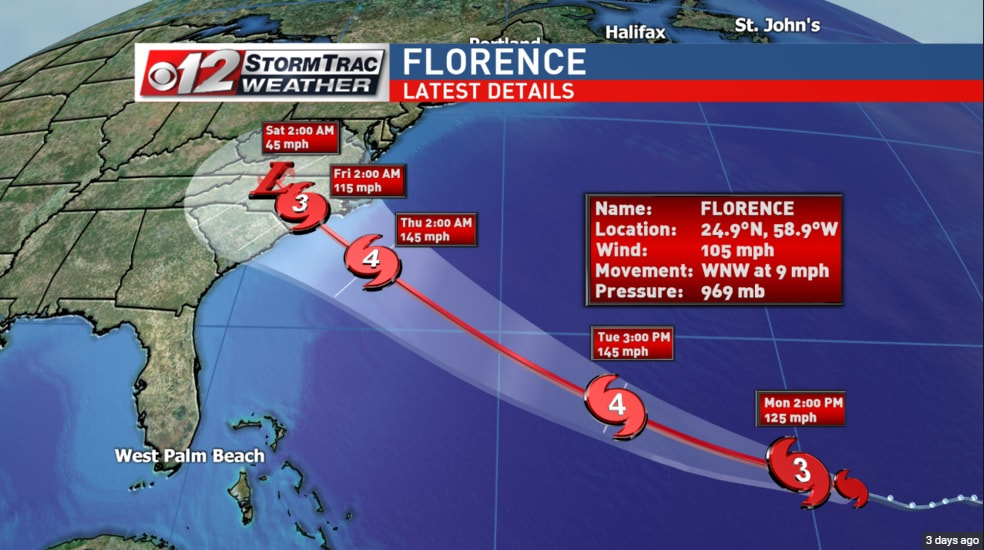
abc CH11: Steve Stewart
As Hurricane Florence moves closer to the coast, we've been hearing a lot about 'storm surge.' Large death tolls have resulted from the rise of the ocean associated with many of the major hurricanes that have made landfall. Hurricane Katrina is a prime example of the damage and devastation that can be caused by surge. At least 1,500 people lost their lives during Katrina and many of those deaths occurred as a result of storm surge. Storm surge is produced by water being pushed toward the shore by the force of the winds moving counter-clockwise around the storm. The maximum potential storm surge for a particular location depends on a number of different factors. Storm surge is a very complex phenomenon because it is sensitive to the slightest changes in storm intensity, forward speed, size, angle of approach to the coast, central pressure and the shape and characteristics of the coastline. In addition to the power of surge, battering waves on top of the surge can cause significant destruction to structures. Water weighs around 1,700 pounds per cubic yard; extended pounding by waves can demolish any structure not specifically designed to withstand such forces. The two elements work together to increase the impact on land because the surge makes it possible for waves to extend inland. Hurricane Florence is slashing the Carolinas in the opening act of a 3-day, coastal disaster9/13/2018 By Nicole Chavez and Holly Yan, CNN Updated 8:52 AM ET, Thu September 13, 2018 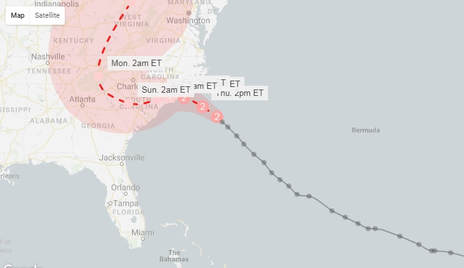 (CNN)Hurricane Florence's wrath begins today. The Carolina coasts can expect winds topping 80 mph late Thursday afternoon. And that's just the prelude to untold days of misery. Don't be fooled by the fact that Florence has weakened slightly to a Category 2 hurricane; categories only denote the speed of sustained winds. What makes this hurricane extremely dangerous are the deadly storm surges, mammoth coastal flooding and historic rainfall expected far inland. "I don't care if this goes down to a Category 1," CNN meteorologist Chad Myers said. "We're still going to have a Category 4 storm surge." TRACK THE STORM Even worse: Florence is expected to hover over the Carolinas, whipping hurricane-force winds and dumping relentless rain at least through Saturday. By the time it leaves, it's expected to have unloaded 10 trillion gallons of rainfall in North Carolina, weather.us meteorologist Ryan Maue said. That's enough to fill more than 15 million Olympic-size swimming pools. Latest developments • Fierce winds and rain have started: "Rain bands with tropical-storm-force winds (are) moving onshore on the outer banks of North Carolina," the National Hurricane Center said. Tropical-storm-force winds are between 39 and 73 mph. • Florence is getting closer: As of 8 ET Thursday morning, the center of Florence was about 170 miles east-southeast of Wilmington, North Carolina, and about 220 miles east of Myrtle Beach, South Carolina. • The path of the storm: Florence's center will approach the North and South Carolina coasts late Thursday and Friday, but it's unclear exactly when and where and it will make landfall. As the storm moves inland, Georgia, Virginia and Maryland will also be in peril. • Storm surge is a huge threat: Strong winds will send rising water inland from the coastline of the Carolinas. The storm surge could rise up to 13 feet -- that's water inundating homes up to the first-floor ceiling, the National Hurricane Center said. • Flight cancellations: At least 800 flights along the US East Coast have been canceled Thursday through Saturday ahead of the storm. "Our sand dunes are healthy, but they're not going to be able to keep back a wall of water like that," he said. "Flooding is almost guaranteed." Susan Faulkenberry Panousis has stayed in her Bald Head Island, North Carolina home during prior hurricanes, but not this time. She packed up what she could and took a ferry. "When that last ferry pulls out ... it's unnerving to see it pull away and know, 'That's the last chance I have of getting off this island,'" she said Wednesday. Emergencies declared in several states Officials in several states have declared states of emergency, including in the Carolinas, Georgia, Virginia and Maryland, where coastal areas are still recovering from summer storms. Florence's expanse even captured the attention of the astronauts and cosmonauts aboard the International Space Station, who have been tweeting pictures of the storm back to Earth. "Watch out, America! #HurricaneFlorence is so enormous, we could only capture her with a super wide-angle lens from the @Space_Station, 400 km directly above the eye," German astronaut Alexander Gerst tweeted. "Get prepared on the East Coast, this is a no-kidding nightmare coming for you." Florence is one of four named storms in the Atlantic. Tropical Storm Isaac is forecast to approach the Lesser Antilles Islands on Thursday. Hurricane Helene is veering toward Europe. And newly formed Subtropical Storm Joyce is not expected to threaten land soon.
Those four storms are brewing at the same time Hurricane Olivia is pounding Hawaii. CNN's Kaylee Hartung, Jason Hanna and Steve Almasy contributed to this report. |
better Insurance
|
-
HOME
- Send me a Home Insurance Quote >
- FLOOD Insurance, Massachusetts >
- Cape Cod Home Insurance
- Pay Your Home Insurance Bill Online
- Ordinance or Law Coverage
- How to Prevent a Claim on your Home Insurance Policy
- Videos - Cape Cod Real Estate Tips >
- Cape Cod Massachusetts Arbella Insurance Discounts
- Cape Cod Massachusetts Lloyds of London Home Insurance
- Safety Insurance Discounts for Cape Cod, Massachusetts
- MPIUA - MA Property Insurance Underwriting Association "Fair Plan"
- Cape Cod Massachusetts Home Protection Insurance
- Hurricane Preparedness >
-
AUTO
- Send me an Auto Insurance Quote for Cape Cod, Massachusetts
- BOAT Insurance >
- Cape Cod, MA Dept. of Motor Vehicles
- Cape Cod Massachusetts - Report an Auto Insurance Claim
- Auto Insurance Quote - CAR BUYING TIPS : Auto Insurance for Cape Cod, MA
- InControl Driver Training
- Car Insurance for Cape Cod Massachusetts - Arbella Insurance - Send me an Auto Quote >
- Plymouth Rock - Send me an Auto Quote >
- Encompass Insurance Discounts
- Safety Insurance - Send me an Auto Quote >
- Travelers Insurance Discounts
- Progressive Insurance - Send me an Auto Quote
- LIFE
- OFFICES
- ABOUT US
- Stay Home
- Home Insurance Explained
- Agent Login
- Privacy Policy
- Videos - Cape Cod Real Estate Investing, Taxes & Insurance
- Videos - Cape Cod Coastal Real Estate
- Português
Arthur D. Calfee Insurance Agency, Inc. is a friendly local insurance agency proudly offering Massachusetts, Cape Cod and the Islands. A-Excellent AM Best rating, A+ Excellent by the BBB
Using innovative thinking, cutting-edge tools and expert resources at national and local levels, we deliver the best possible outcome on every policy we manage. Need Home Insurance? Easy, Fast, & Secure Home Insurance. Get Free Quotes 100% Online Now! Available 24/7. Affordable Rates. Cover Your Biggest Investments. Get a homeowners insurance quote, find coverage options. We'll help you understand and customize the right home insurance coverage for you.
Home is where your heart is—along with a healthy chunk of your net worth. Get started today with a free homeowner's quote.
Compare home insurance quotes today and save on protection for your biggest investment. Build a Custom Policy & Make the Switch! Our local underwriting professionals focus exclusively on finding the best home insurance, homeowner's insurance, hazard insurance, investment property insurance, flood insurance, flood zone information, vacation home insurance, second home insurance, auto insurance, collector car insurance, business insurance, general liability insurance, property insurance, professional liability insurance, contractor's liability insurance, worker's comp insurance, key man insurance, whole life insurance, term life insurance, group or personal disability, & long-term care insurance policies to patrons in the following Cape Cod, Massachusetts towns, communities and villages: Barnstable, Bourne, Pocasset, Brewster, Buzzards Bay, Centerville, Chatham, Cotuit, Craigville, Dennis, East Dennis, Eastham, Falmouth, East Falmouth, Hatchville, West Falmouth, North Falmouth, Woods Hole, Harwich, Hyannis, Hyannisport, Martha's Vineyard, Nantucket, Marstons Mills, Mashpee, Orleans, Osterville, Provincetown, Sandwich, Sagamore, Sagamore Beach, Truro, Wellfleet, Yarmouth, and Yarmouthport. Real-Time Pricing. Insurance coverage: Wind Damage, Fire Loss, Water Damage. Protect your home and belongings. Low Rates For Your Best Options to Save Money On Great Coverage! Get a quote today. Home insurance helps protect your house and your family.
Using innovative thinking, cutting-edge tools and expert resources at national and local levels, we deliver the best possible outcome on every policy we manage. Need Home Insurance? Easy, Fast, & Secure Home Insurance. Get Free Quotes 100% Online Now! Available 24/7. Affordable Rates. Cover Your Biggest Investments. Get a homeowners insurance quote, find coverage options. We'll help you understand and customize the right home insurance coverage for you.
Home is where your heart is—along with a healthy chunk of your net worth. Get started today with a free homeowner's quote.
Compare home insurance quotes today and save on protection for your biggest investment. Build a Custom Policy & Make the Switch! Our local underwriting professionals focus exclusively on finding the best home insurance, homeowner's insurance, hazard insurance, investment property insurance, flood insurance, flood zone information, vacation home insurance, second home insurance, auto insurance, collector car insurance, business insurance, general liability insurance, property insurance, professional liability insurance, contractor's liability insurance, worker's comp insurance, key man insurance, whole life insurance, term life insurance, group or personal disability, & long-term care insurance policies to patrons in the following Cape Cod, Massachusetts towns, communities and villages: Barnstable, Bourne, Pocasset, Brewster, Buzzards Bay, Centerville, Chatham, Cotuit, Craigville, Dennis, East Dennis, Eastham, Falmouth, East Falmouth, Hatchville, West Falmouth, North Falmouth, Woods Hole, Harwich, Hyannis, Hyannisport, Martha's Vineyard, Nantucket, Marstons Mills, Mashpee, Orleans, Osterville, Provincetown, Sandwich, Sagamore, Sagamore Beach, Truro, Wellfleet, Yarmouth, and Yarmouthport. Real-Time Pricing. Insurance coverage: Wind Damage, Fire Loss, Water Damage. Protect your home and belongings. Low Rates For Your Best Options to Save Money On Great Coverage! Get a quote today. Home insurance helps protect your house and your family.
Testimonials & Endorsements for the Best Insurance Agent on Cape Cod, MA
PHONE: (800) 479-2601 CUSTOMER SUPPORT & SERVICE
Please note: The above is meant as general information to help you understand the different aspects of insurance. This information is not an insurance policy, does not refer to any specific insurance policy, and does not modify any provisions, limitations, or exclusions expressly stated in any insurance policy. Descriptions of all coverages and other features on this page are necessarily brief; in order to fully understand the coverages and other features of a specific insurance policy, we encourage you to read the applicable policy and/or speak to an insurance representative. Coverages and other features vary between insurers, vary by state, and are not available in all states. Whether an accident or other loss is covered is subject to the terms and conditions of the actual insurance policy or policies involved in the claim. References to average or typical premiums, amounts of losses, deductibles, costs of coverages/repair, etc., are illustrative and may not apply to your situation. We are not responsible for the content of any third-party sites linked from this page.
© 2024 Copyright, Arthur D. Calfee Insurance Agency, Inc.
Calfee Cares.® Privacy Policy
Calfee Cares.® Privacy Policy




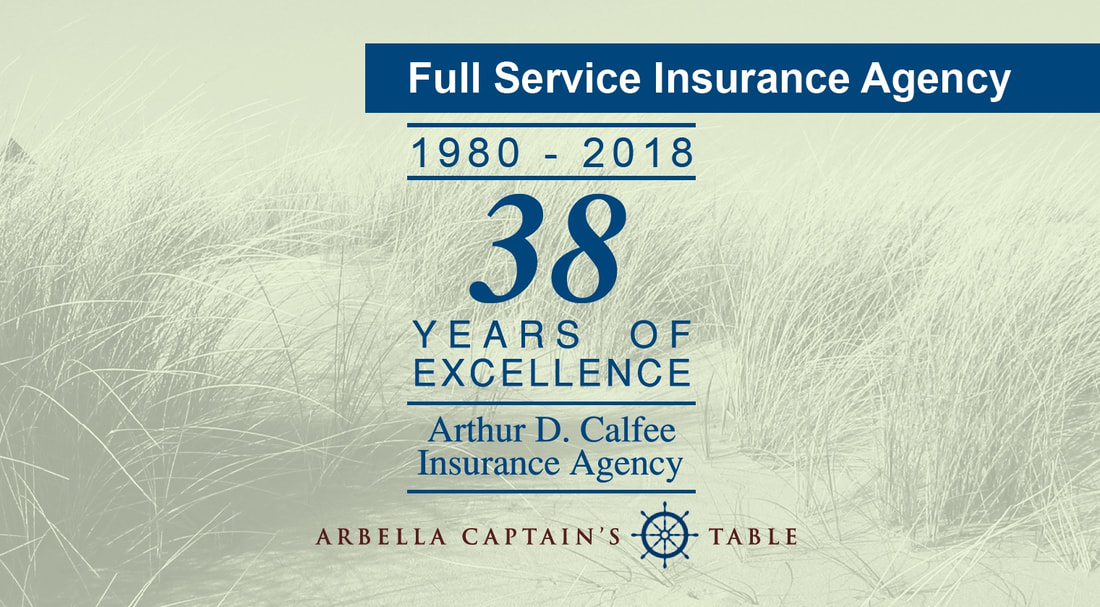

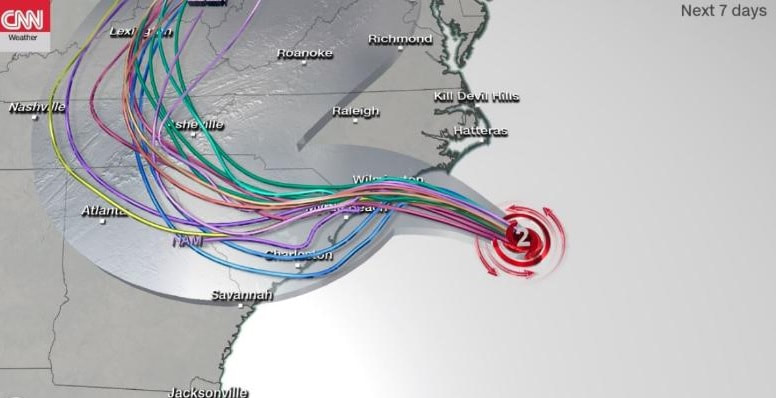
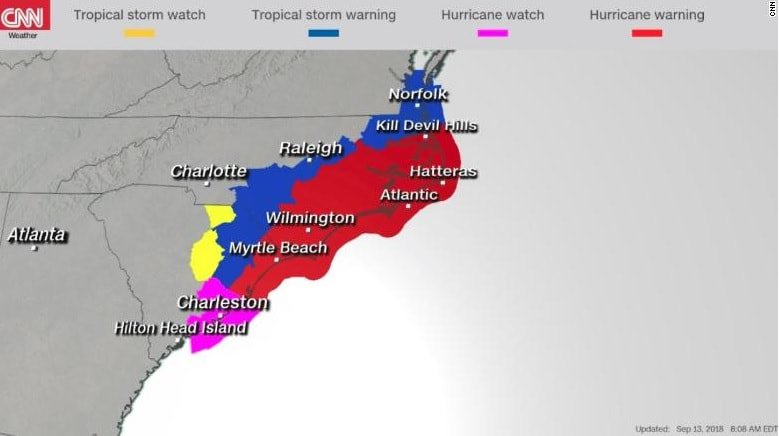
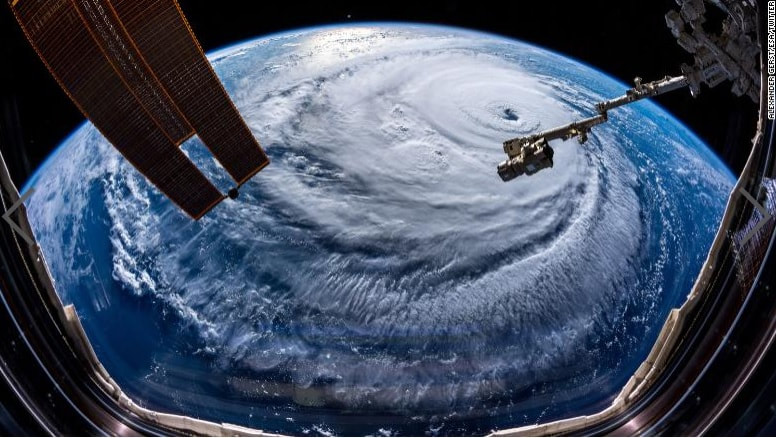
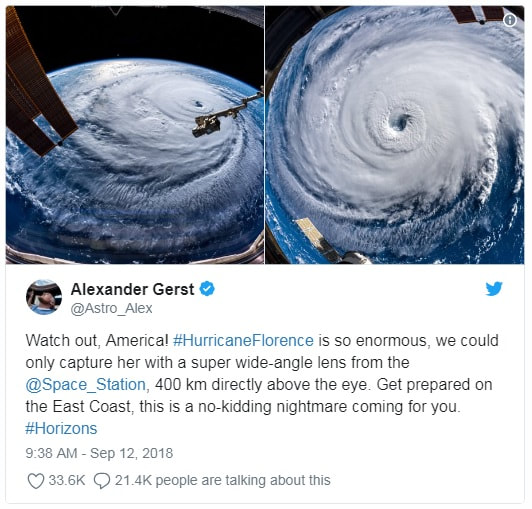
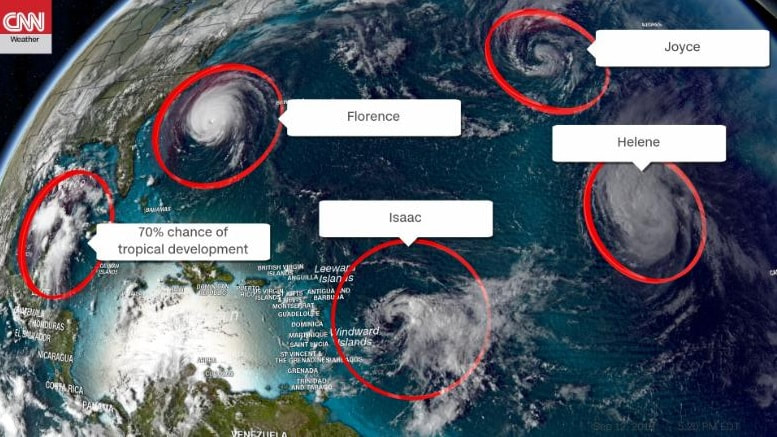





 RSS Feed
RSS Feed




